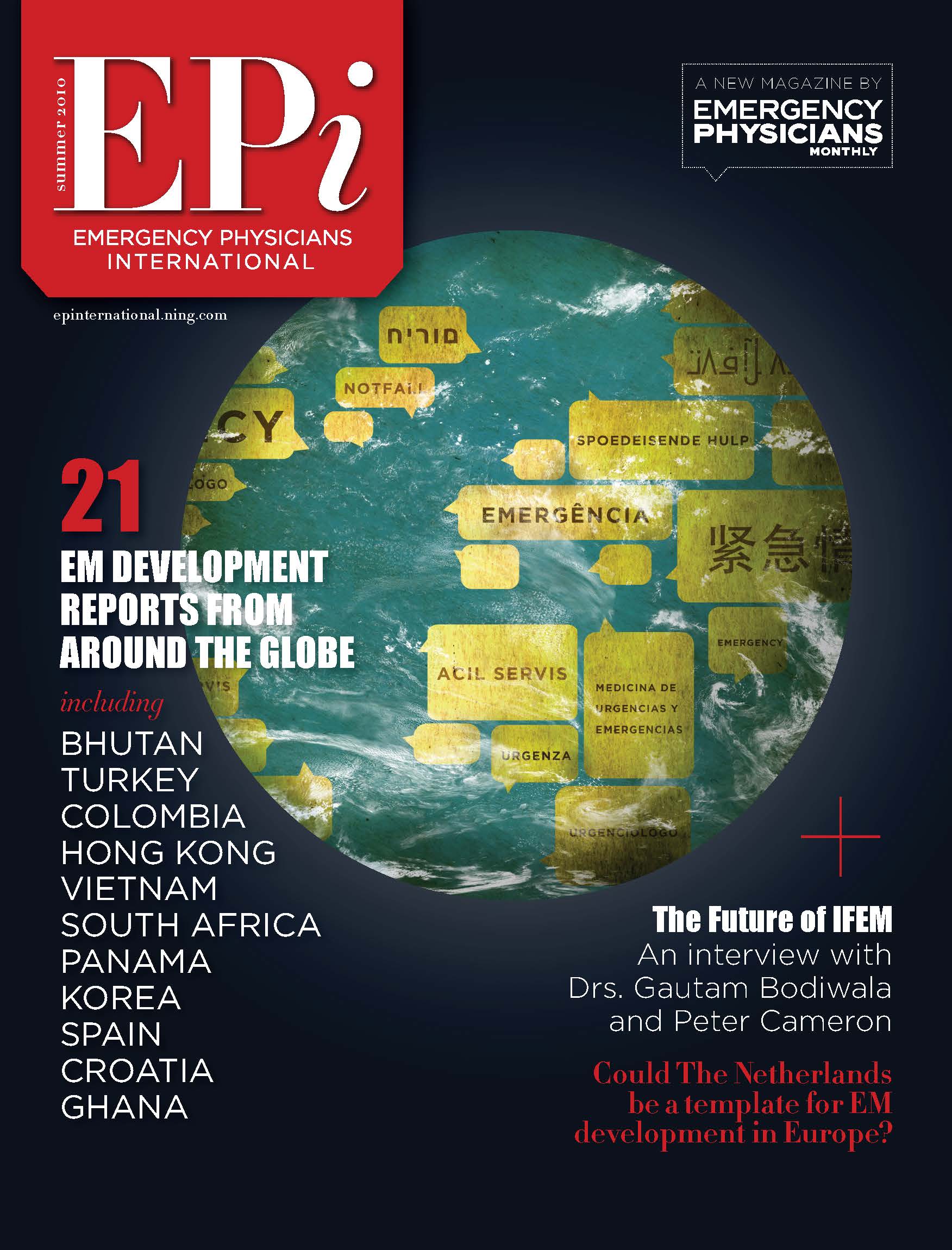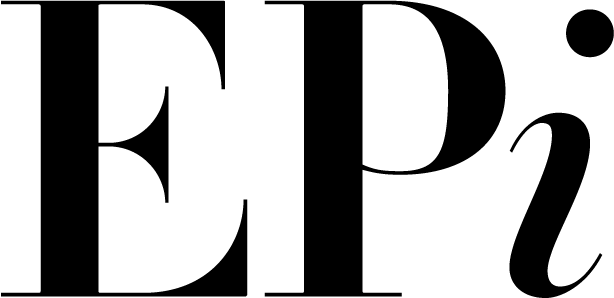The Pandemic in Paris
THE BEGINNING
When the first (Health Alert Message) from Wuhan arrived, around the end of January, infectious diseases specialists talked about the famous "little flu" that should not impact our health system. We imagined those old Flu episodes in 1998 in Hong Kong, the H5N1 from 2004 to 2007 and then the H1N1 from Mexico in 2009 that had never actually put our emergency services under pressure. Nothing to worry about, they said...
But when the first international emails sent from emergency physicians reporting the catastrophic situation in Lombardy (Italy), then in the North of France Mulhouse and Strasbourg, we realized that the worst scenario was coming: Emergency Department overwhelmed, patients on stretchers in hospital corridors, too many patients to intubate at the same time, no ICU beds...
We couldn’t imagine the worst: no equipment, not enough respirators, choosing which patients will need to be ventilated...
When on the evening of Sunday, 1st of March, Pr. Pierre Carli, Head of the Zonal EMS of Ile-de-France, set up a crisis meeting bringing together all EMS-MICU department heads, we realized that the transition to Covid-19 phase 2 would trigger an unusual change of doctrine.
All Paris Emergency services and EMT were mobilized for a unique situation, similar to the one experienced during the terrorist attacks on Paris during the “black Friday” the 13th in November 2015.
All Emergency Department Teams had to organize in a few days to figure out what a scenario of managing a pandemic disease would look like. The plan was simple : how to carry out the transfer of a huge number of patients from the Triage to the resuscitation room with respiratory signs and admit any suspicious patients in Covid+ and Covid- units.
Slowly but surely, the hospital ceased to provide care to all scheduled non-emergency conditions, and sent them to clinics.
As part of anticipating the prolonged crisis as a marathon, a reinforcement team made up of medical student volunteers, nurses, then medical staff or retired paramedics was activated.
The key message to the medical students’ volunteers was clear:
“You are going to live a unique, exceptional event that none of us have experienced before... The last crisis of such magnitude was the Spanish flu in 1918 or the Hong Kong flu in 1969.”
The general mood of medical students was a mix of enthusiasm, excitement and concern.
This epidemic is written in medical books. They were going to live it.
END OF MARCH, PEAK OF THE CRISIS
In the early days of March, all the EMT were central. Like a tsunami, the first wave slammed into our Emergency Department.
Dozens of patients were transported by MICU EMT ambulances, sometimes by foot in successive waves.
The most serious ones were rapidly intubated in the resuscitation room.
Then, the nightmare started:15 patients intubated in 3 days. We hadn’t seen such a huge number of patients in this severe condition, even during the terrorist attacks on Paris.
Days after days, the exceptional number of serious cases of young and older patients continued to grow in our hospitals in Paris. Lariboisière was one of the busiest hospitals to manage such a huge number of ED visits, but the situation was similar everywhere.
The increase in workload of the medical units and ICU goes hand in hand with the frenetic agitation of the emergency teams.
Multi-daily meetings 7 days a week with the administration, EMS, ICU, MICU, infectious and Medical departments had to provide daily updates on the situation of intensive care beds and deceased patients.
The whole hospital needed to cancel non urgent surgery or other admission.
Every hour, every day, the number of medical beds increase, intensive care beds are being moved out of the traditional units to open up other spaces in other units.
Reorganization plans and procedures changed every day to adapt to the flow of patients.
As a communication efficiency crisis decision, we used WhatsApp groups rather than the 150+ emails a day that we all know no one has time to read.
On the evening of March 31st during the 6 pm meeting, the situation was bad: all Paris and Ile-de-France ICU beds were almost overwhelmed. At 2 AM, a MICU ambulance was still looking for a place for a severe intubated patient who needed an ICU bed..
An exceptional mobilization of all the medical, nurses and administrative staff has been set in motion. It has never before happened in 20 years in the AP-HP*’s history.
An intensive care bed management unit is organized to provide an hourly update on the situation and to organize the transfer of patients outside the Paris area.
In the Paris area, all 40 private hospitals and clinics are working together and mobilizing their resources: volunteer staff, surgeons who spontaneously played the role of caregivers in the ICU, EMS or ER. This kind of collaborative mobilization has never been seen before...
The transfer plan of patients from a French region to another one by EMS by TGV train was initially tested two years ago as a disaster medicine exercise for terrorist attack victims with hospital overflows. With the COVID-19 pandemic, it was set in place in real life for the first time.
WE MUST HOLD
This is a marathon. Teams are relying on little more than adrenaline, nerves, fatigue, and willpower. Somewhere between 10% and 30% of hospital staff are positive for Covid19. Most of them want to keep working and do not want to be replaced. We have to force them to stay home. We must maintain the morale of the troops!
Restaurants or generous donors offer ready meals, cakes, drinks, creams to protect hands burned by hydroalcoholic solutions.
Then, there are the French people at their windows, policemen, taxis... They cheer every night in front of the E.R. at 8:00pm.
A breath of fresh air for caregivers who send “thank-you” messages and lockdown instructions via social networks.
THE DAY AFTER
As of the end of June, the situation in Paris and the Ile de France Region seemed to be under control. Emergency medical services and the ICU are perfectly used to the situation now. In November, the second wave is everywhere in France, particularly in the south and east part of the French Territory. The feedback is full of lessons we need to learn and ways we must change the strategy, to keep treating the non-Covid patients and best serve the communities we love.









